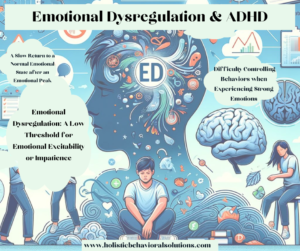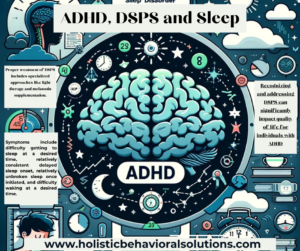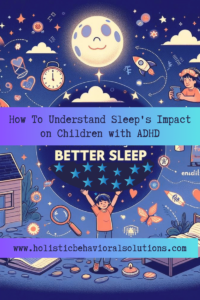
How Change Happens
The change process is a subtle dynamic; we can never seem to pin it down. The science behind change tells us that change is an interplay of environment, internal motivation, external resources, and a host of other factors. Obviously, change is happening all the time, all around us, but change is as challenging to manage as it is intangible. For many years, some of my work surrounded teens and young adults who have made poor life choices. Some of the clients have been involved with gangs. They have sold drugs and engaged in behavior that they are not proud of. “Let he who hath no sin cast the first stone.”
Embracing change is like embarking on a journey with a blindfold on! The science of change reveals it as a dance of various elements – our surroundings, inner drive, available support, and more, all intertwining in the delicate production of our lives. Change, in its essence, is a constant companion in our lives, subtly shaping the world around us, even though it might feel elusive and challenging to harness at times.
Getting Comfortable with Change
We need to get comfortable with change because it will happen, with or without us. For some people, therapy is often helpful in integrating the change process. Therapy is typically a voluntary process. You may be mandated for therapy, but only those who are willing to cross into the “therapeutic space” actually benefit from
In the therapeutic space, we explore how these clients got to this space of despair. I ask them to look at themselves many years ago as a young child. We walk through their hearts and minds and query their hopes for their life as a young child.
Kindergarten is my go-to year for people. Kindergarten is that time when our soul is fresh and we are our best selves. The little child inside of us delights in learning new things, making new friends, and contributing to life. Rarely are children damaged in kindergarten. When we move forward to high school, these formerly bright and engaging kids are sullen and resentful. What happened? Is that person still in there?
Focusing on the Change Process
There is an inner child that dwells within each of us. They represent our purest selves. That child speaks to us, but it may be difficult to hear through the hurt and pain of life. In the session, we walk through the process of life expectations and experiences, and we focus on what we REALLY want out of life.
Do these kids want the bling, the notoriety, the family, and the protection that comes from gang life? What do they really want, and what does it cost? What are they willing to give up to live the “street life”? When we look at change and loss, we compare their childhood self to their present self and project what life looks like as an adult during and after incarceration.
Sometimes, looking back can restore a sense of clarity. Sometimes, looking forward can increase insight, which can change behavior. We can also look at our support and see how we can use what we have to get what we want.
Creating Intentional Change
For a particular youth, we may focus on the series of events and decisions in his life that led him to be where he does not belong. In therapy, we look at where he does not want to be and where he has little value to anyone, including himself.
After we explore what this client does NOT want, we begin the active change process. We identify what you DO want and what you can do to make those changes happen in your life one step at a time. The smaller the step, the more you are able to accept and sustain those changes. The therapist can be a cheerleader while you are in active change. Therapists cheer for the small changes that add up to lasting and sustainable change.
I have full faith that we are all empowered in our lives to make big and small changes. We are empowered to say that yes, I am going to walk away from this argument.”
We can also make this apology, sign up for this class, or do something for me in big and small ways that stay true to our vision of who we are and what we want from our lives. We want to remain true to that little boy who wants to be a police officer, firefighter, mailman, or teacher but who never thought that he would grow up to be a gang member who hates himself and the world around him. So today, let’s encourage small changes in ourselves and others.
How do you celebrate change?
The Holistic Store
While we are thinking that through, boost your connection from the inside out with our wellness supplements and supplies. Check out our store for products that help you feel your best, making it easier to open up and connect on a deeper level.v


